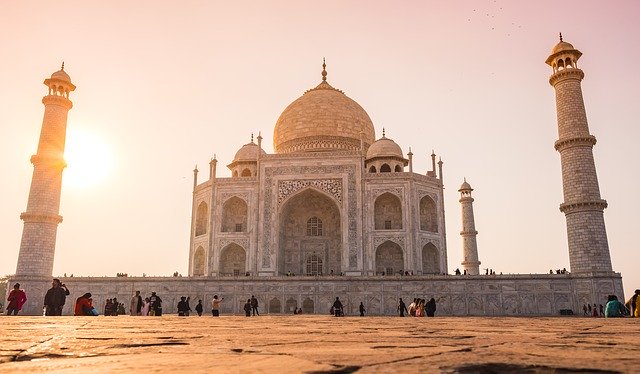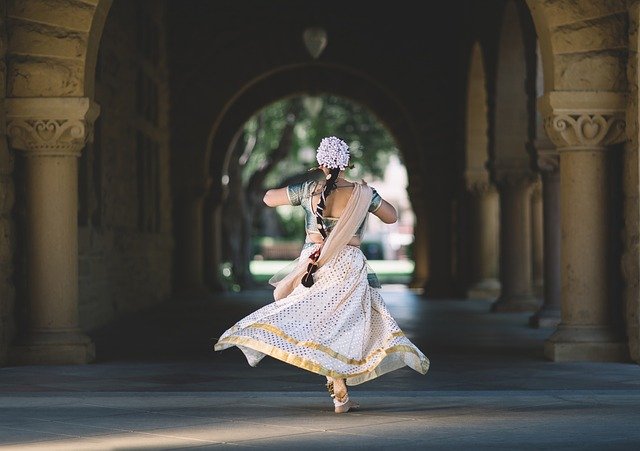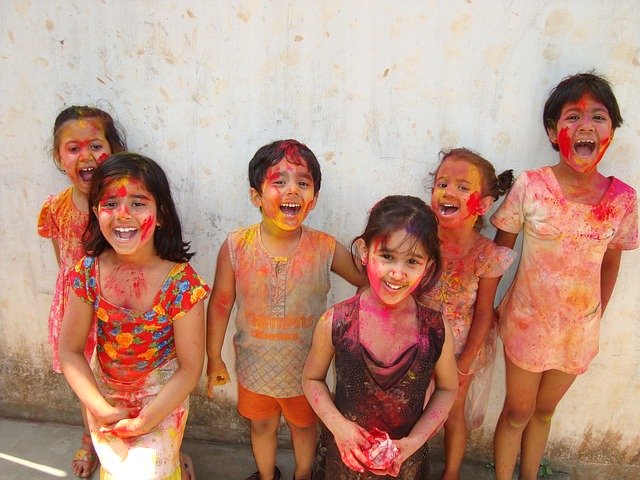~Shradha Tiwari (@shradha_16viratian)
Table of Contents
Cultural Heritage of India – A Brief Introduction
India is like the oldest person in the house who is an epitome of experiences and knowledge. She mentors the whole family. The love story of India and her culture is evergreen because of the rich history that India has.
This history has witnessed many civilizations flourish and decline, welcomed foreign invasions, respected external influences, and adopted them.
It is that history that has beautifully stirred different traditions, customs, religion, art, and literature into one diverse and unique culture. The world recognizes the source of this diverse, rich culture as none but India.
Sanskriti is the Indian term for culture. There are various forms of expression to give this Sanskriti an everlasting touch. These various forms of expressions form the Cultural Heritage of India.

What is Cultural Heritage?
Cultural Heritage is the form of expression that defines the ways of living for a community. It is inherited from the ancestors and is passed on to the future generations.
It can be divided into two categories:
- Tangible Cultural Heritage
The tangible cultural heritage consists of monuments, artwork, clothing, tools, buildings and modes of transportation.
- Intangible Cultural Heritage
This includes traditions, customs, beliefs, religious festivals, traditional crafts and language. To sum up, it includes every such thing that is built on the foundations of knowledge and skills.
Those skills are transmitted orally from generation to generation thereby preserving communities.
Levels of the Cultural Heritage of India
The cultural heritage of India is truly miraculous. Below are some levels which have contributed and would continue to contribute to leveling up the culture of India:
Philosophy
India rules the world of philosophy since the Vedic age. The Vedas, considered to be the oldest books, speak of the spiritual philosophy.
The decline of Harappan civilization, the first urban culture of India, made way for the Aryans. The Aryans created hymns for their Gods and Goddesses.
The same hymns are now honoured as the four types of Vedas:
Also, the end part of the Vedas is known as the Upanishads.
The epics like the Ramayana and the Mahabharata portray the lessons of life. The Bhagavad Gita teaches the idea of selfless service.
There have been many sages or saints in the Indian culture who have gained enlightenment and preached the same. Lord Buddha is an excellent example of it.
The soul of the cultural heritage resides in these philosophies. The originality of Indian culture is surviving in the world majorly because of these philosophical scriptures.

Traditions
This country, India is overloaded with traditions.
Unity in Diversity still tops this list of traditions. It signifies that India’s culture is like a rainbow where different colours have their own essence yet they mingle into one another like a heavenly bliss.
India is a multi-cultural and multi-religious country. The deeper you go into the diversity, the stronger you find the unity.
Vasudhaiva Kutumbakam is another aspect of the traditional side of the cultural heritage of India. It implies that the whole world is one family and so this country believes in brotherhood.
Namaskar or Namaste is yet another popular greeting tradition. The hand-folded gesture and greeting with a ‘Namaste’ is pretty common in most of the religions in India.
It literally means that the person saying this bows down in respect to the receiver who accepts the greeting.
Because of these traditions, the families here stay together and every family member be it the grandparents, parents, siblings, or cousins remain closely connected to one another.
Religion
Count the number of religions that reside in India and you will surely be amazed. Hinduism, Islam, Buddhism, Jainism, Christianity, Sikhism, and a plethora of religions co-exist here.
Festivals of India could rightly be titled as the fun side of the cultural heritage of India. Different religions mean different festivals. Diwali, Holi, Eid ul-Fitr, Christmas, Durga Puja, Rakshabandhan, Ganesh Chaturthi, Easter, Lohri, are a few of the innumerable festivals that Indians celebrate with zeal and enthusiasm.
Atithi Devo Bhava meaning a guest is equal to God, is a mantra that the Indians follow passionately. Humanity is considered as the supreme religion.

Art
The artistic excellence in India enhances the beauty of the cultural heritage of the country. There were around 1000 languages whereas now there are 22 official languages with around 420 million speakers. Languages form the base of art consisting of architecture, music and dance.
India is home to 38 of the World Heritage Sites. Some of the amazing tourist spots are:
- Taj Mahal (Agra)
- Khajuraho (Madhya Pradesh)
- Ajanta Caves (Maharashtra)
- Red Fort (Delhi)
- Fatehpur Sikri (Uttar Pradesh)
- Qutub Minar (New Delhi)
- The Pink City (Jaipur)
Music and dance exist in a profound amount in India. The music is composed of ragas and there are different types of music be it Classical, Carnatic or Rabindra Sangeet found in the country.
Pandit Ravi Shankar, Zakir Hussain, Lata Mangeshkar are some of the legends of Indian music. There are beautiful dance forms too like Kathak, Bharatnatyam, Kathakali, and Manipuri that exist in India.
India is the proud mother of the world-famous poet and songwriter Rabindranath Tagore, Swami Vivekananda and many other stalwarts.
Food & Clothing
Men in a kurta and a dhoti and women wearing sarees or lehengas, are sitting together to spend some quality time by having food together.
The dining table has a combination of a few main course meals made with various spices, grains, vegetables, chutneys or pickles and rice or bread. And of course there is a dessert to eat in the end.
This is the scenario of the Indian culture where clothes are usually traditional and the Indian cuisine has touches of different flavors from across the whole country.

Conclusion
No other country in the world has as diverse a culture as India. With at least 9 different religions, the cultural heritage of India has proved to the world the true value of brotherhood and fraternity among her citizens.
The history of India has seen many heroes face the grimmest of challenges. Yet, they have believed and respected their cultural values. In these dynamic times, preserving the culture and keeping it alive in the form of cultural heritage is the responsibility of every citizen.










Leave a Reply